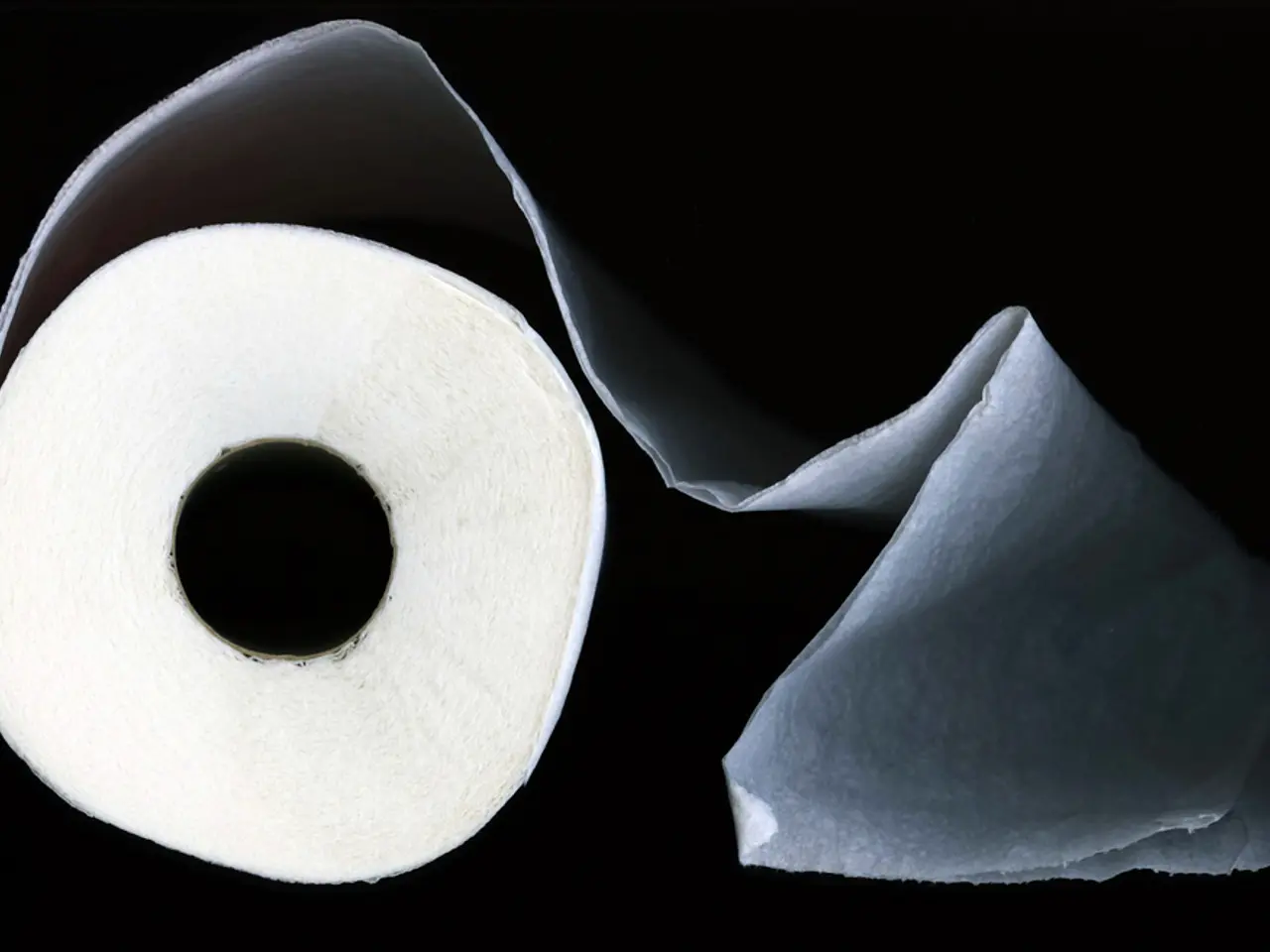Testicular Mass: Causes, Identification, Treatment Options, and Further Insights
Testicle lumps can be a source of concern for many men, and understanding their potential causes and appropriate treatments is crucial. This article aims to provide a clear overview of the various factors that can lead to testicle lumps, their symptoms, and the recommended courses of action.
One of the most common causes of testicle lumps is the presence of fluid-filled cysts, such as epididymal cysts or spermatocele. These cysts form due to blockage in sperm ducts or the accumulation of sperm fluid and are usually benign and painless, although they can cause discomfort if large. Another possible cause is varicocele, which are enlarged veins in the scrotum, often felt as a soft "bag of worms" lump.
Infections or inflammation, including epididymitis and orchitis, can also lead to testicle lumps. These conditions are often due to bacterial or viral infections, sometimes linked to sexually transmitted infections or urinary tract infections, and typically cause swelling, pain, and tenderness.
A more serious cause of testicle lumps is testicular torsion, a medical emergency where the spermatic cord twists, cutting off blood supply, leading to severe pain and swelling. Testicular cancer is another less common but critical cause, often presenting as a painless lump or swelling in a testicle.
Symptoms associated with testicle lumps can include swelling or change in testicle size or texture, pain or discomfort in the scrotum or lower abdomen, feeling of heaviness or firmness in the scrotum, nausea or vomiting, difficulty urinating, abnormal penile discharge, and darkening of the scrotal skin. Some lumps may be asymptomatic other than the palpable mass.
Prompt medical consultation is essential in any case of a newly discovered testicle lump to determine the exact cause and initiate appropriate treatment. Medical evaluation is crucial because self-diagnosis is unreliable.
Benign cysts often need no treatment unless symptomatic, and surgical removal may be considered if causing discomfort or growing large. Infections require antibiotics or antiviral therapies depending on the cause. Testicular torsion needs emergency surgery to untwist the spermatic cord and save the testicle. Varicoceles may be managed conservatively or surgically if causing pain or infertility.
Testicular cancer treatment usually involves surgical removal of the affected testicle, possibly followed by chemotherapy or radiotherapy depending on cancer stage. Doctors may recommend surgery for a cyst if it causes symptoms such as pain or if it becomes infected.
Regularly examining the testicles for lumps can help identify issues as early as possible, and it is essential to seek prompt medical attention in the event of a discovered lump to ensure timely and effective treatment. It is also important to remember that untreated epididymitis can lead to infection, which can cause an epididymal or testicular abscess, increase the risk of infertility, or sepsis, which can be serious.
In conclusion, testicle lumps can be caused by a variety of benign and serious conditions, and prompt medical consultation is crucial to determine the exact cause and initiate appropriate treatment. Regular self-examinations can help identify issues early, potentially leading to more effective treatment and better outcomes.
- Besides spermatocele and epididymal cysts, multiple types of disease can lead to testicle lumps, such as hepatitis, diabetes, and depression.
- Aq, a form of multiple sclerosis, is not directly related to causing testicle lumps, but general health-and-wellness and mens-health should be monitored for overall well-being.
- Crohns, an inflammatory bowel disease, can cause various symptoms but does not typically lead to testicle lumps. However, it's essential to seek medical attention to address its effects on the body.
- If a testicle lump is found, predictive science can help determine possible underlying causes, guiding subsequent diagnostic tests and treatments to manage the medical-conditions better.
- Apart from testicular torsion and testicular cancer, other serious causes of testicle lumps include cancers like breast cancer and certain viral infections that can result in swelling and pain.
- Infections like epididymitis and orchitis, often linked to sexually transmitted diseases, can also result in testicle lumps, so it's important to practice safe sex to minimize the risk.
- Regular self-examinations can help detect testicle lumps and other suspicious growths, allowing for early intervention and potentially enhancing chances of successful treatment.
- Although several factors can result in testicle lumps, proactive awareness and medical consultation are crucial for understanding symptoms and their implications on health-and-wellness for any man.




